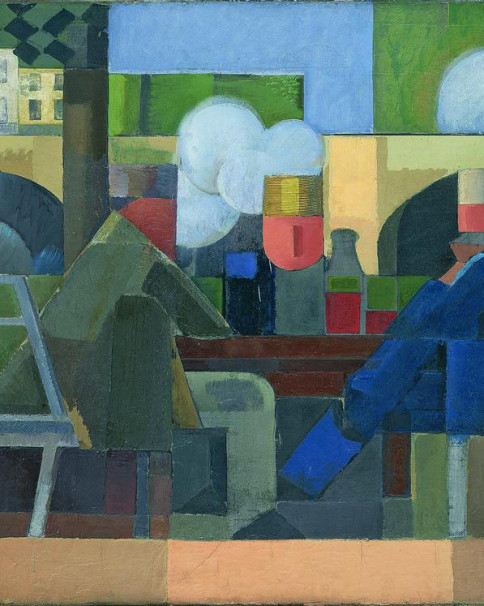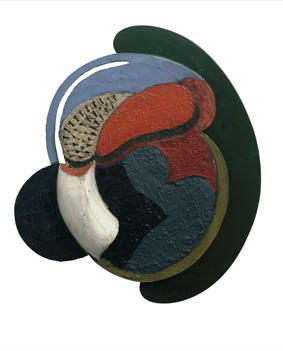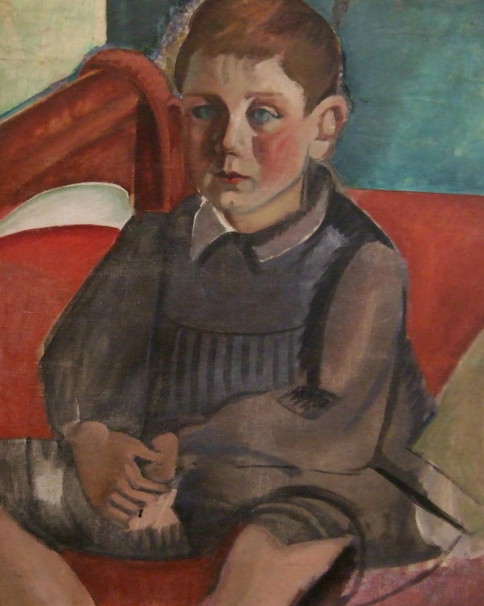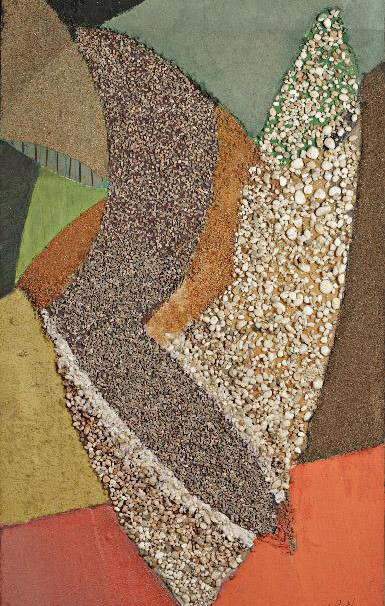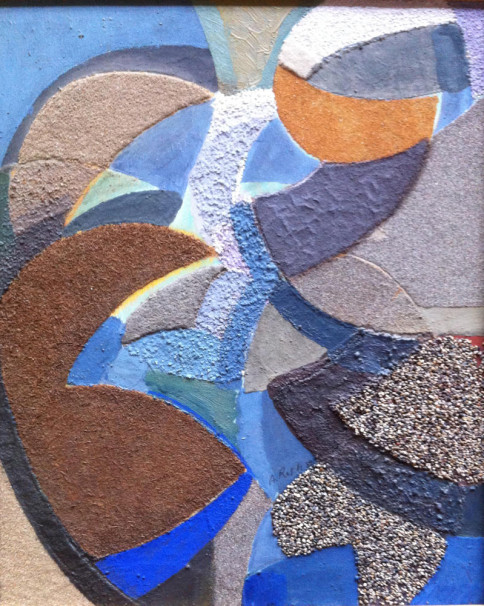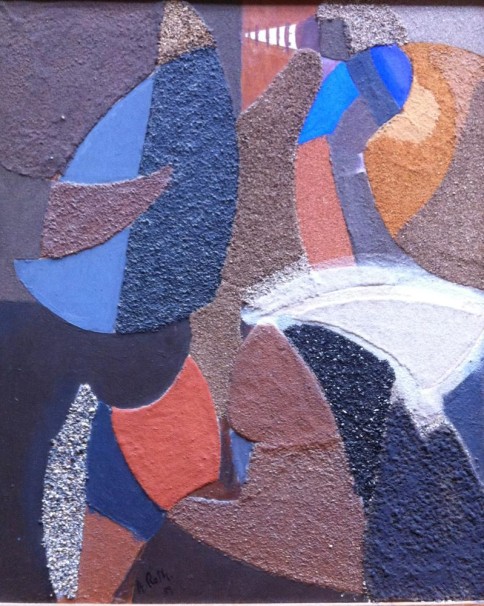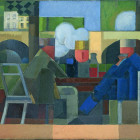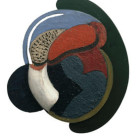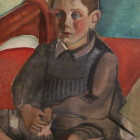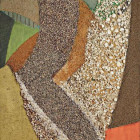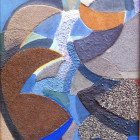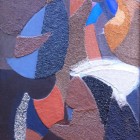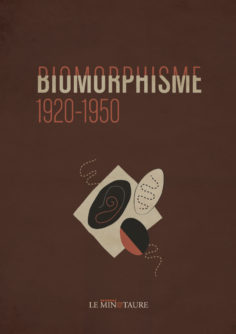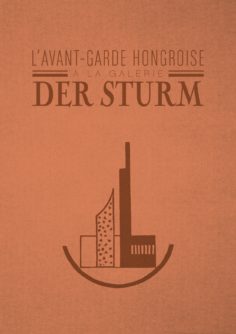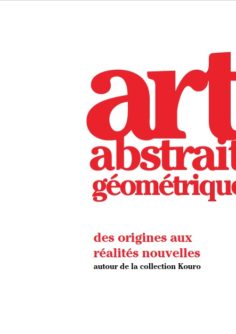1884 – 1966
Born in 1877 in Budapest, Béla Kádár was trained as a lathe operator. In 1899 he started attending art schools in Germany, Austria and France, where he learned industrial drawing and design. He worked initially as a mural painter, and produced the frescoes for the Hungarian national theatre in 1914. At a time ofgrowing interest in Constructivism on the part of Hungarian artists, his own work gravitated more towards popular lyrical expressionism and he developed a very personal aesthetic world made up of bucolic scenes of peasant life in the spirit of Franz Marc, Marc Chagall and Heinrich Campendonk, marked by the use of vibrant colours and simplified forms.
Kádár’s “career” began in Vienna in around 1921, when, having been recommended by Lajos Kassák, he exhibited with Hugó Scheiber at the KunstSalon Max Hevesi. The following year, Iván Hevesy, one of the most important Hungarian art critics, published a book about his work. The artist’s affinities with the Der Blaue Reiter group brought him to the notice of Herwarth Walden at the Der Sturm gallery. In 1923 and 1924, Walden gave him two soloexhibitions at his Berlin gallery, raising his international profile.
In 1925 he befriended the young composer Paul Arma with whom he shared a love of Hungarian folklore, and who saw him as a “visionary attached to his native land […] Kádár […] is quite unconsciously the revolutionary among the Hungarian painters of his generation, a Hungarian Chagall, before he even had the chance to see one of Chagall’s works! […] Every Sunday, in the morning, I go with Istvan Szelényi to [see the painter] who lives, with his wife and four children, on the edge of the city. […] He shows me his week’s work. He paints in materially difficult conditions; with no money to buy canvases, he uses fairly strong drawing paper and any support he can. But he works, he works without cease, and when, as if seeing them for the first time, he examines the paintings that he is showing us, he is happy, expresses a naïve wonder at finding them again. These mornings at Kádár’s home and my regular knowledge of his art, over a little more than four years, are some of the most precious memories of my youth,” noted Arma in his memoirs, Mouvement dans le mouvement.
In 1926 Kádár was spotted by the American collector Katherine Dreier (SociétéAnonyme), who invited him to exhibit at the Brooklyn Museum in New York (the works came from Walden’s own collection), an event that was followed by other exhibitions in America. During his time in the United States, Kádár was seen and befriended by the brothers Imré and István Deák – émigré Hungarian musicians – who became his patrons and acquired a sizeable ensemble of his art. In America Kádár was reunited with his friend, the composer Paul Arma, who brought with him on his American tour the Still Life that the artist had painted in 1925.
In 1937 one of Kádár’s compositions, previously presented at Der Sturm, was reproduced on the catalogue cover of the exhibition Entartete Kunst (degenerate art), exhibition put on by the Nazis. During the Second War, in which he lost his wife and two sons, the painter lived in the Budapest Ghetto. He gradually lapsed into obscurity and died virtually unknown in January 1956. It was not until 1977 that he was given a retrospective at the National Gallery in Budapest.
Maria Tyl
